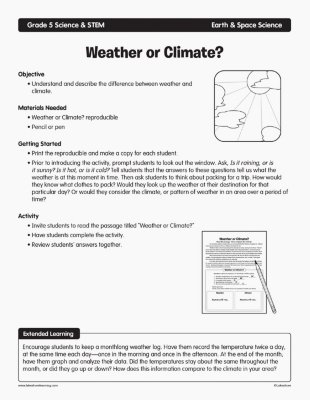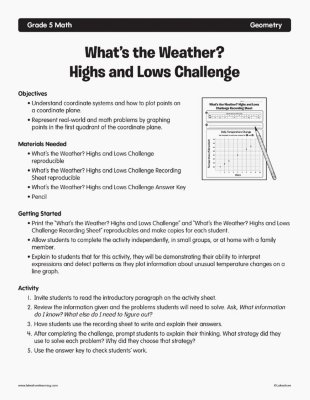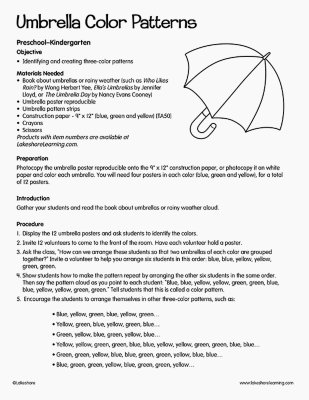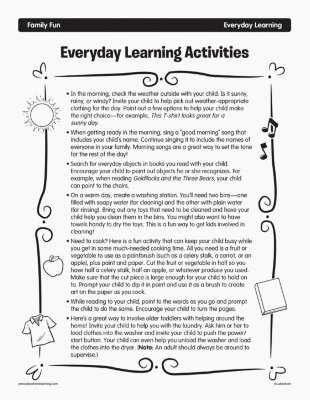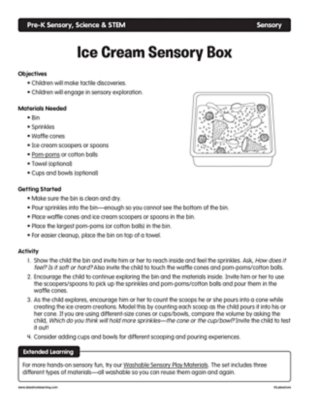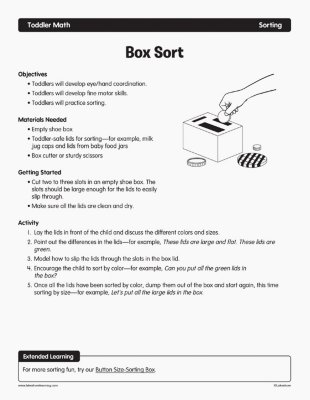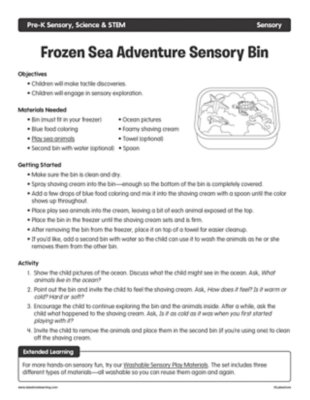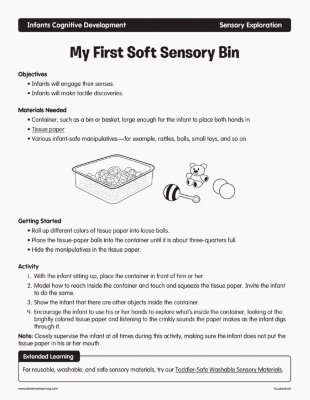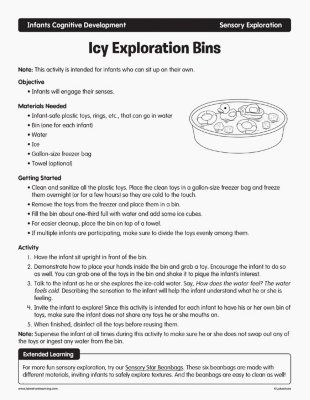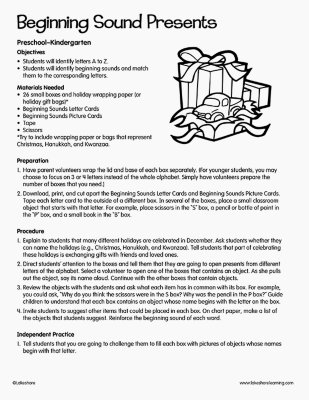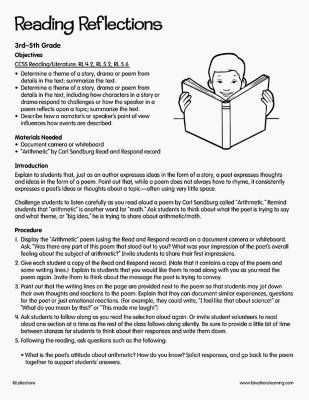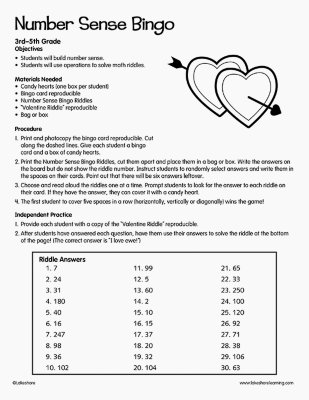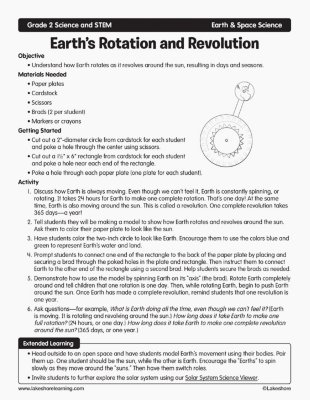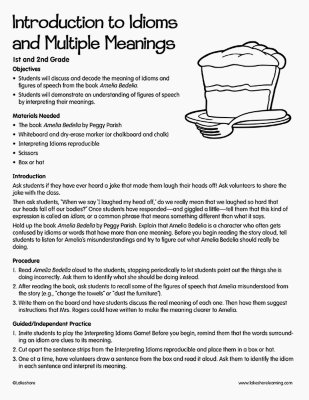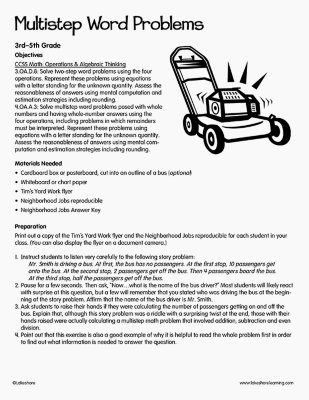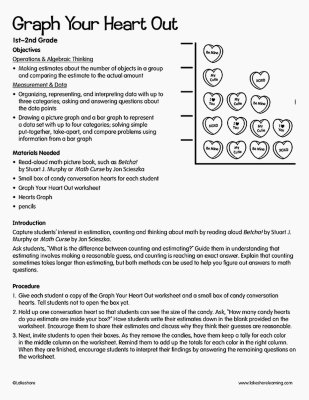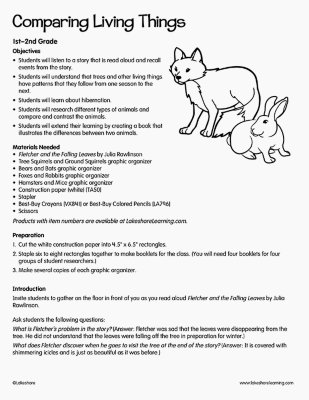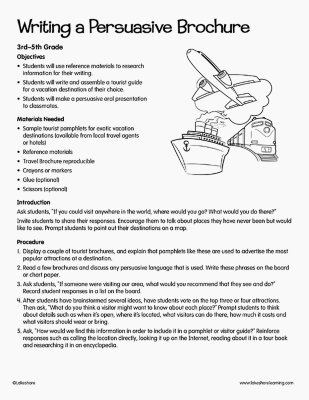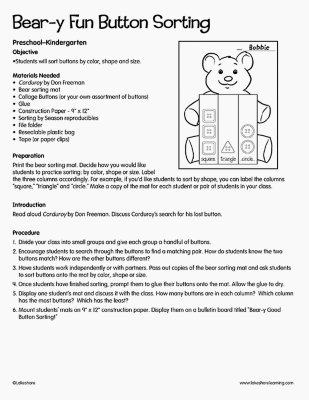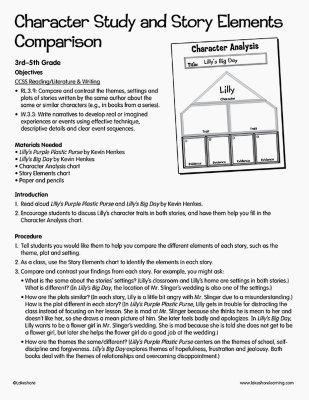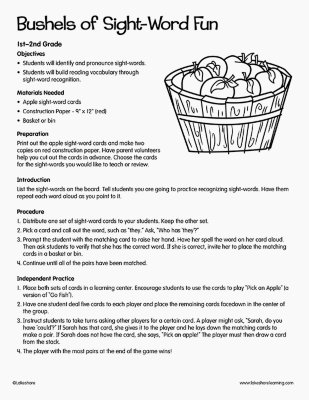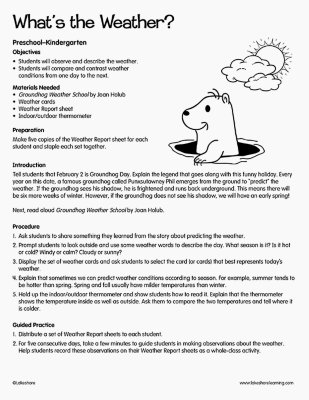
Objective
Objectives
In the morning, check the weather outside with your child. Is it sunny, rainy, or windy? Invite your child to help pick out weather-appropriate clothing for the day. Point out a few options to help your child make the right choice—for example, This T-shirt looks great for a sunny day
View Lesson PlanObjectives
Objectives
• Toddlers will develop eye/hand coordination.
• Toddlers will develop fine motor skills.
• Toddlers will practice sorting.
Objectives
Objectives
• Infants will engage their senses.
• Infants will make tactile discoveries.
Objectives
• Infants will develop print awareness.
• Infants will build vocabulary.
• Infants will imitate adults by pointing at pictures.
Objectives Students will build number sense. Students will use operations to solve math riddles. Materials Needed Candy hearts (one box per student) Bingo card reproducible Number Sense Bingo Riddles “Valentine Riddle” reproducible Bag or box
View Lesson PlanObjective
Objectives Recognizing and reading grade-appropriate irregularly spelled words Decoding regularly spelled one-syllable words Materials Needed Apple sight-word cards Construction Paper - 9" x 12" (red) Basket or bin Scissors Introduction List the sight-words on the board. Tell students you are going to practice recognizing sight-words. Have them repeat each word aloud as you point to it.
View Lesson Plan
